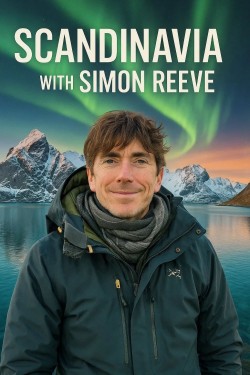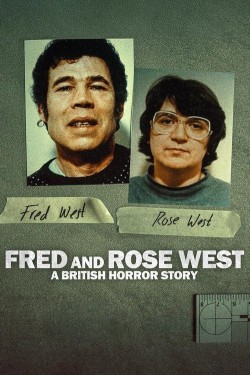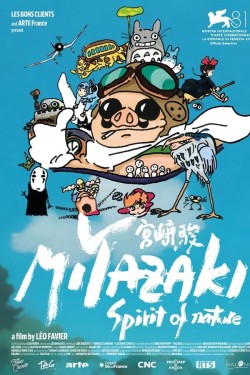
Antonio Gaudí
Some of the world's most stunning structures, interiors, and parks were created by Catalan architect Antoni Gaud (1852-1926); some of the world's most visually adventurous films were made by Japanese director Hiroshi Teshigahara throughout the second half of the twentieth century. Their talents come together to create a one-of-a-kind and fascinating cinematic experience. In Antoni Gaud, directed by Teshigahara, audiences are taken on a visual tour of some of the world's most stunning architecture, including Gaud's huge, still-unfinished masterwork, the Sagrada Familia cathedral in Barcelona. The film is less a documentary and more of a visual poem. To capture Gaud's organic surfaces on film, Teshigahara employs camerawork that is as strong and sensual as the curves that adorn his subject's body.
Read full
Genres:
Cast:
Production:
Country:
Duration:
72 m

















Discussion